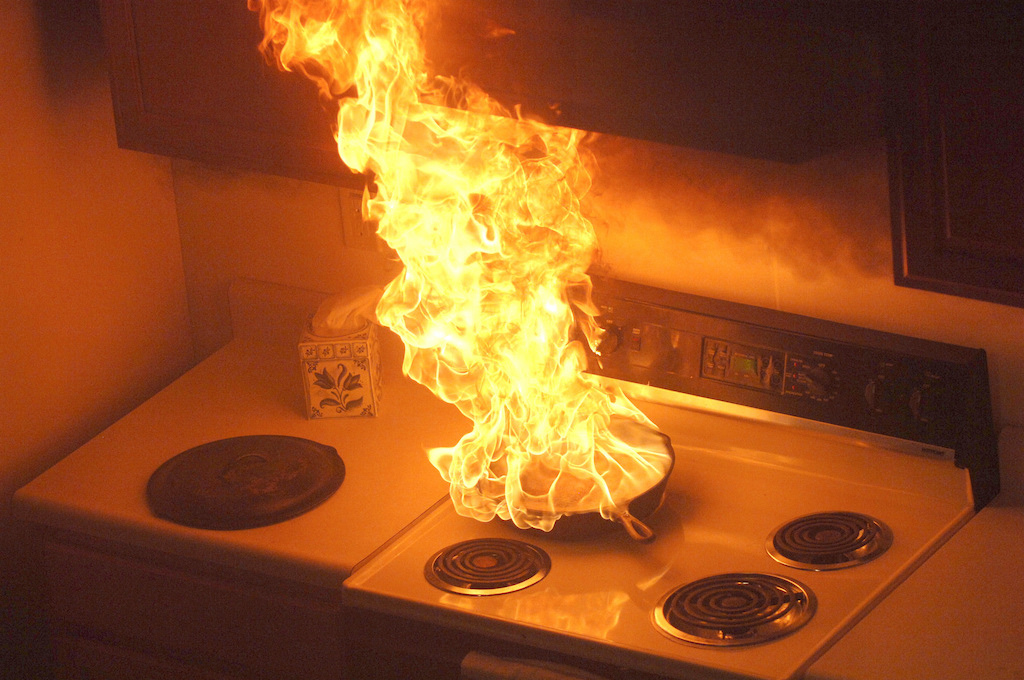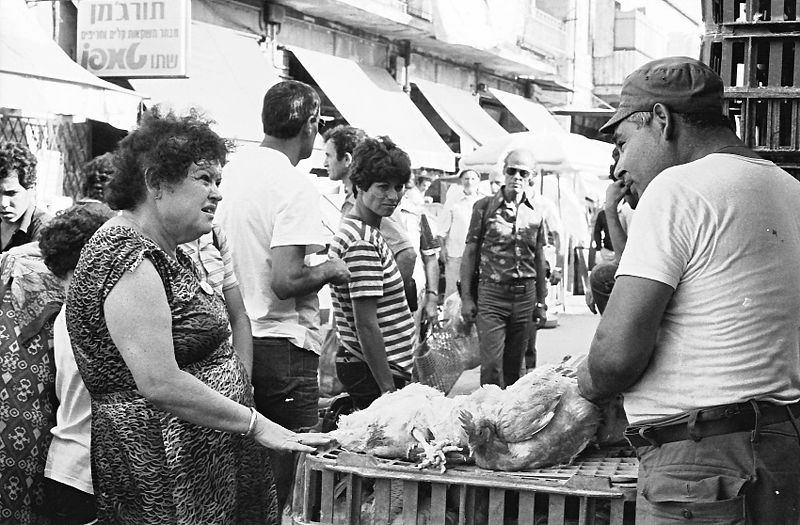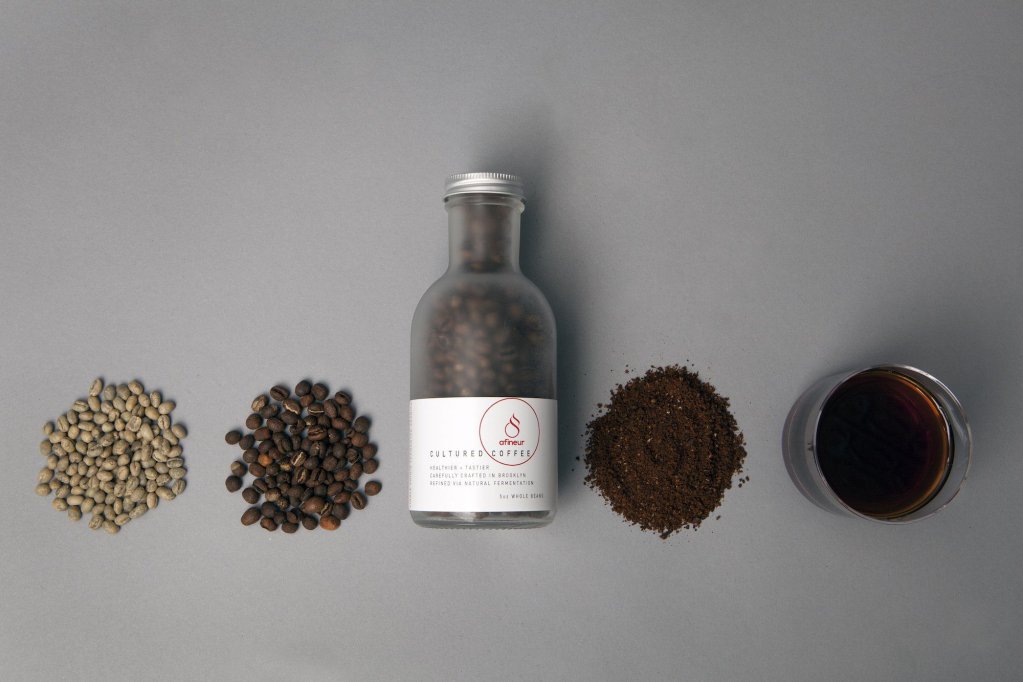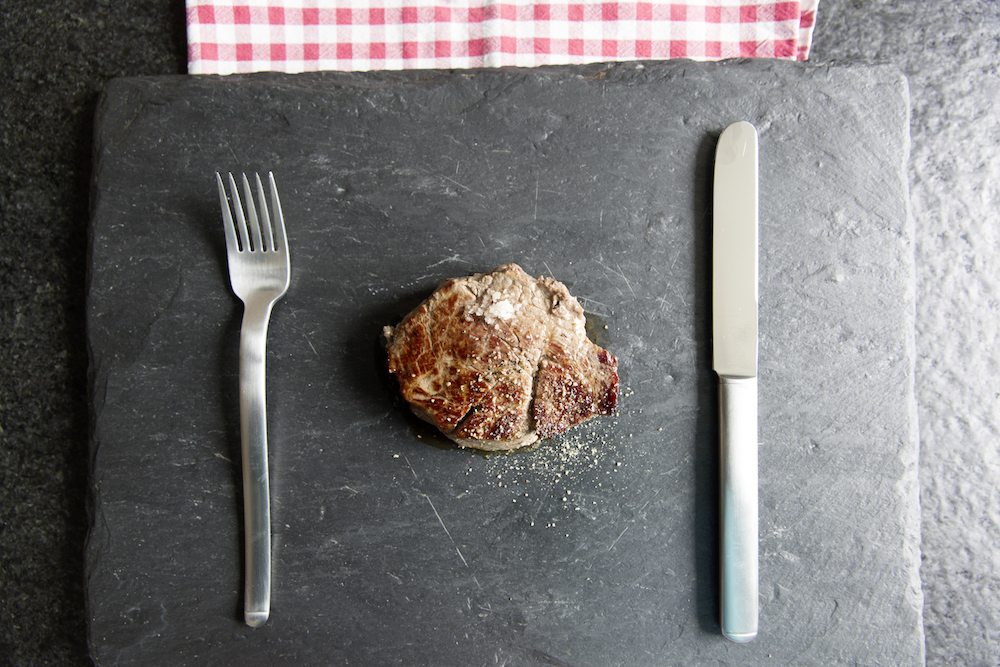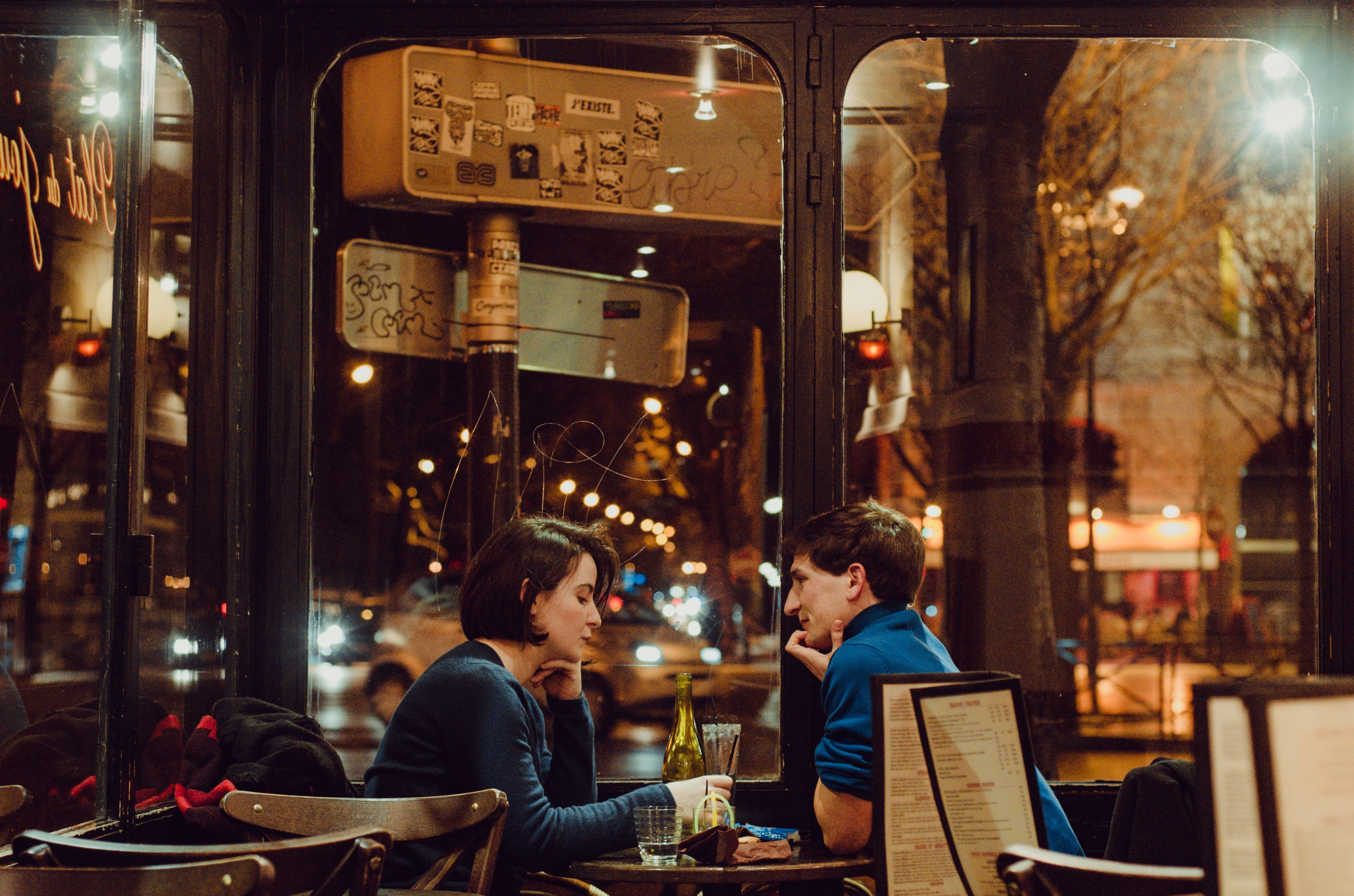For most Americans, it’s a day off. But for fire departments, Thanksgiving is the busiest day of the year.
A new study released by the National Fire Prevention Association (NFPA) finds the holiday to be far and away America’s most combustible day of the year. Home cooking is already the number one cause of home fires and injuries, and the second leading cause of home deaths. But on Thanksgiving Day, home cooking is responsible for nearly four times as many fires as an average day.
According to the report, from 2011 to 2015, United States fire departments responded to an average of 170,2000 home structure fires involving cooking equipment each year. They were responsible for an average of 510 deaths, 5,470 injuries, and caused $1.2 billion in direct property damage.
But all this positive news aside, the report also shows that our national mayhem is not contained to one festive day. The holiday meal prep makes us vulnerable, too: The number of home fires rises by 75 percent on the day before we feast—to just a shade more than are blazing annually on Christmas Day.
But back to all that holiday heat. Sure, Thanksgiving is a day anchored by a meal. But it’s also centered on celebrating. And when there are more cooks in the kitchen, the hosts are harried, and the work’s not so focused.
To wit: The NFPA study found that the number one cause of home cooking fires is unattended equipment. Think of the distractions. The doorbell rings, grandma’s waiting for a hug, and Aunt Wendy needs a drink. All the while, our stovetops—incidentally, the appliance most strongly associated with home cooking fires, particularly if electric—rage on.
Aside from the holiday chaos, the study finds a few trends unique to our Thanksgiving holiday.
If you’re going to deep fry a turkey, at a minimum, make sure you do it outside
First, the frying. Much to the chagrin of NFPA, fried turkey has transcended its Cajun roots to become something of a national favorite. The group found that more than half of home cooking fires begin with cooking oil, grease or fat, and cause almost three-quarters of property damage. That’s not a surprise, and if it is, avail yourself of some of the many deep-fried turkey fails.
If you’re going to deep fry a turkey, at a minimum, make sure you do it outside, says Captain Chris Vestal, a veteran Sacramento firefighter. And please make sure it’s fully thawed before you drop it into the vat.
Also, portable cooking or warming devices aren’t usually the primary cause of home cooking fires. Not so on Thanksgiving, says Vestal: Sacramento fire crews have been called to homes where a crock pot has been on all day, and caught fire on a nearby linen. The heat took a while to generate, but the fire spread in an instant.
The same goes for electric ranges. They have a higher risk of fire and associated losses than gas stovetops, which may be in part because the flame isn’t visible.
“By the time the smoke alarm detects the fire, or someone smells it, it’s already grown to the point where it’s about to take off,” says Vestal. All the oil in the air, and lacquer on the cabinets, can turn a kitchen into a tinderbox.
The open fire of a grill or a deep fryer makes the cooking process more combustible, explosive, and yes, deadly
The NFPA study also found that men are disproportionately affected by home cooking fires, representing some 55 percent of those fires that end in death. No one’s really sure why that is, though the NFPA report did cite data from the American Time Use Study showing that women spend more time in food preparation and clean-up than men do. But as Vestal’s seen it, men tend to do more outdoor cooking. And the open fire of a grill or a deep fryer makes the cooking process more combustible, explosive, and yes, deadly.
Generally, Vestal says, his crews are pretty well prepared for Thanksgiving and the many more calls they tend to receive. If there’s anything that truly differentiates holiday calls from the calls they receive on an average day, he says, it’s the chaos of crowded houses.
And, of course, the fact that his crew’s Thanksgiving meal is interrupted. Usually, he says, they’ll fry a turkey of their own at the firehouse. But make sure to do it outside, a few feet away from the firehouse, and not under a covered area. Though, there are plenty of fire extinguishers nearby.
